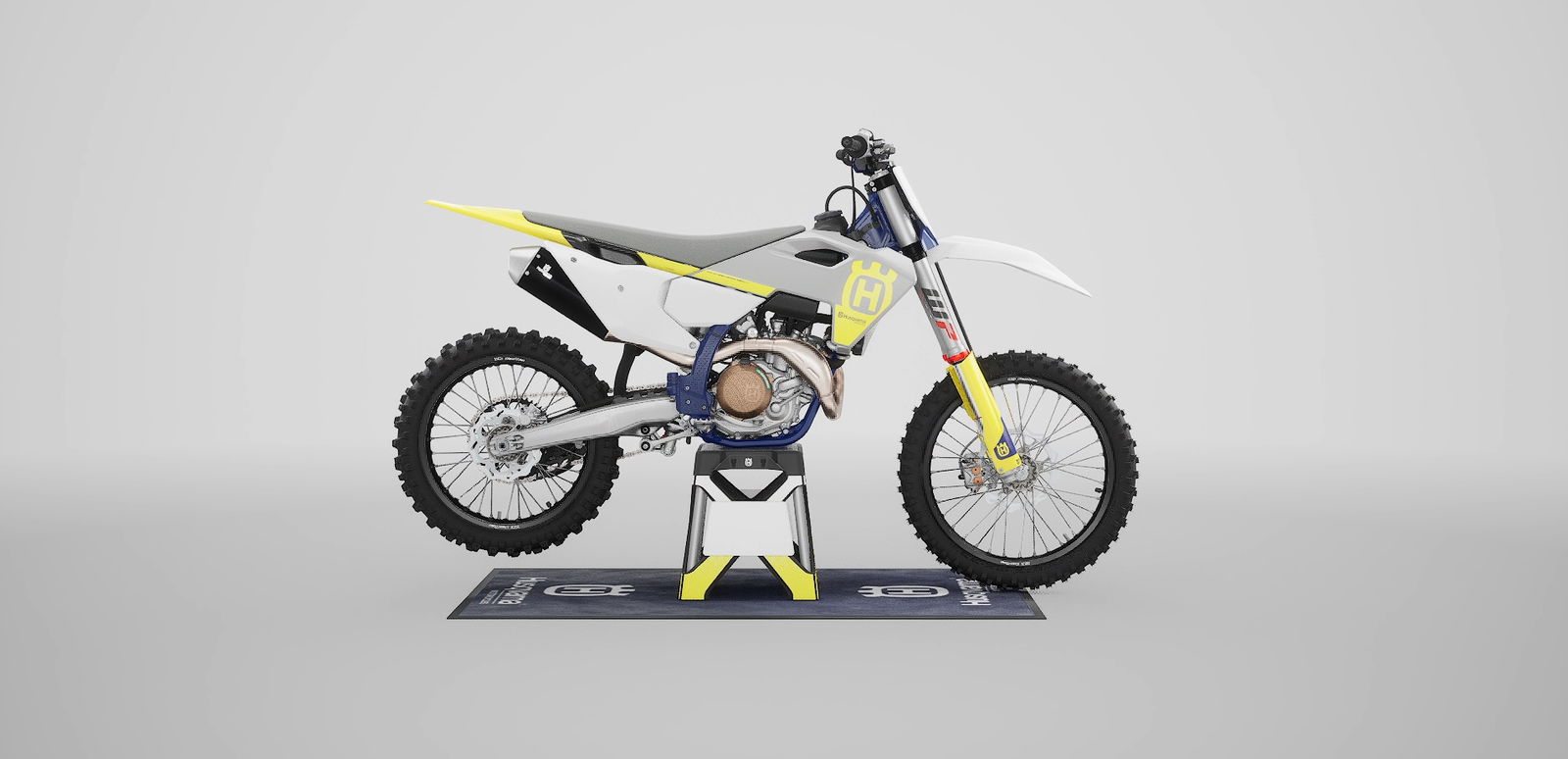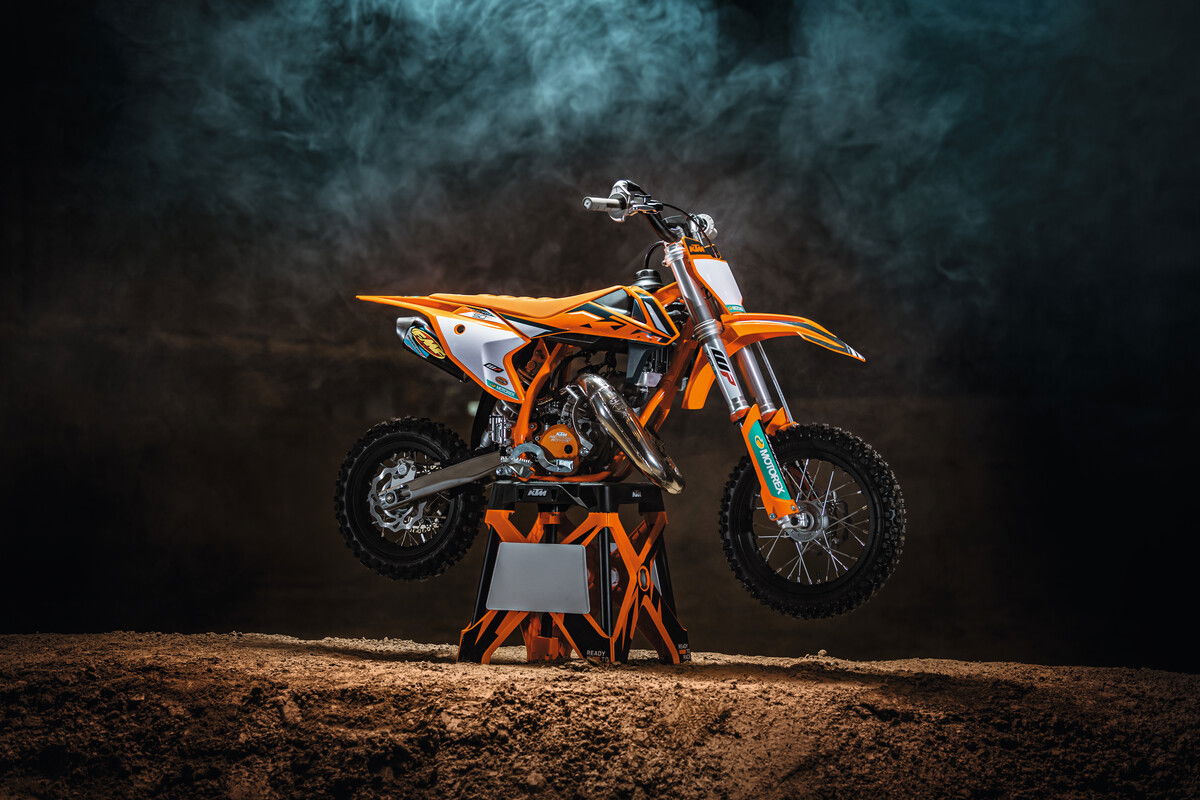New KTM, Husqvarna, GasGas electric dirt bikes unveiled
KTM AG has unveiled the latest range of electric dirt bikes from KTM, Husqvarna and GasGas, and expects its total roster to include over 20 bikes by 2025.
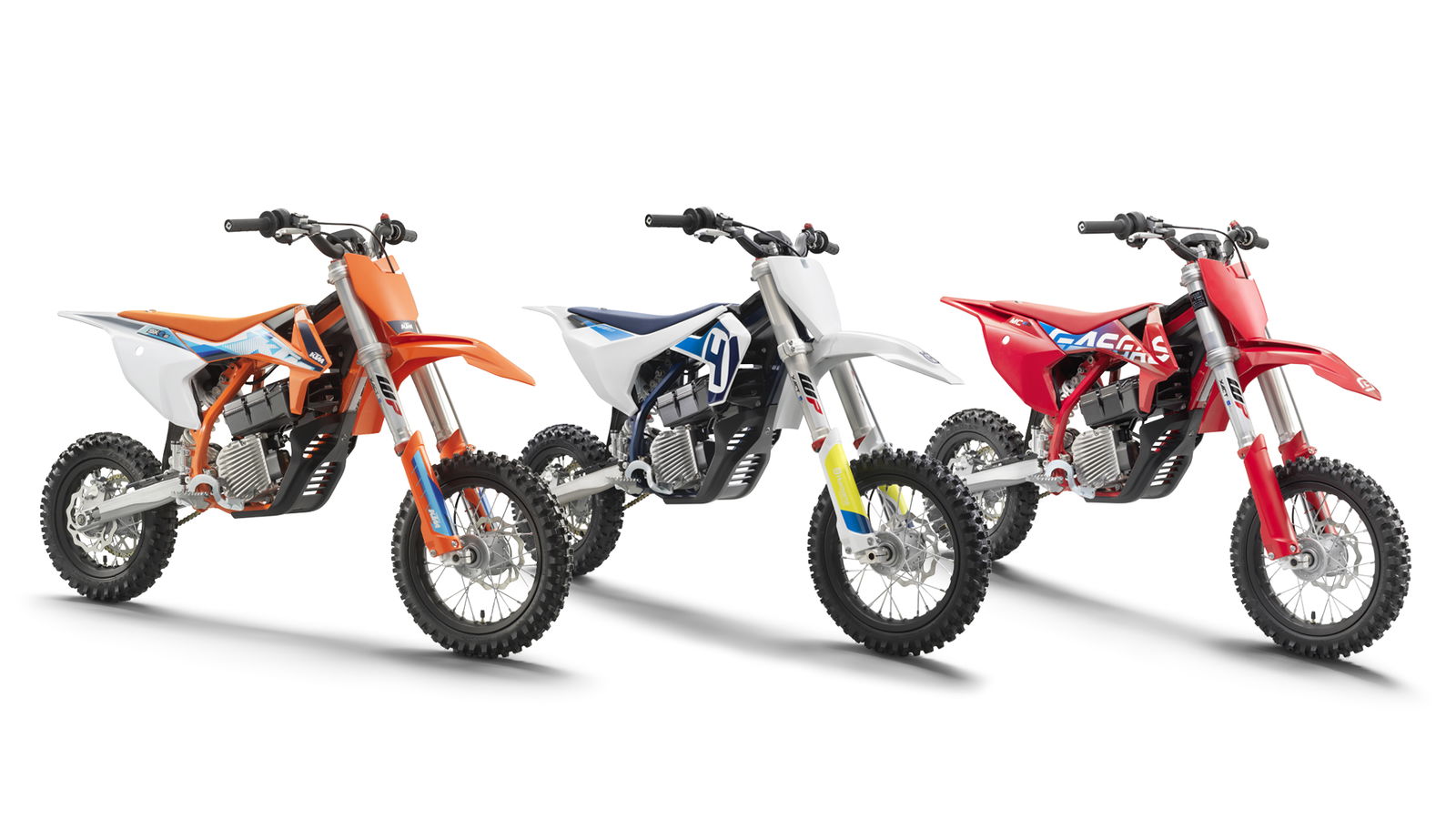
KTM AG has revealed its plans for its electric dirt bikes aimed at kids, with as many as 20 bikes planned for the middle of the 2020s.
KTM AG - the group comprised of KTM, Husqvarna and GasGas - is adding three new machines to its electric mini dirt bike range for 2022.
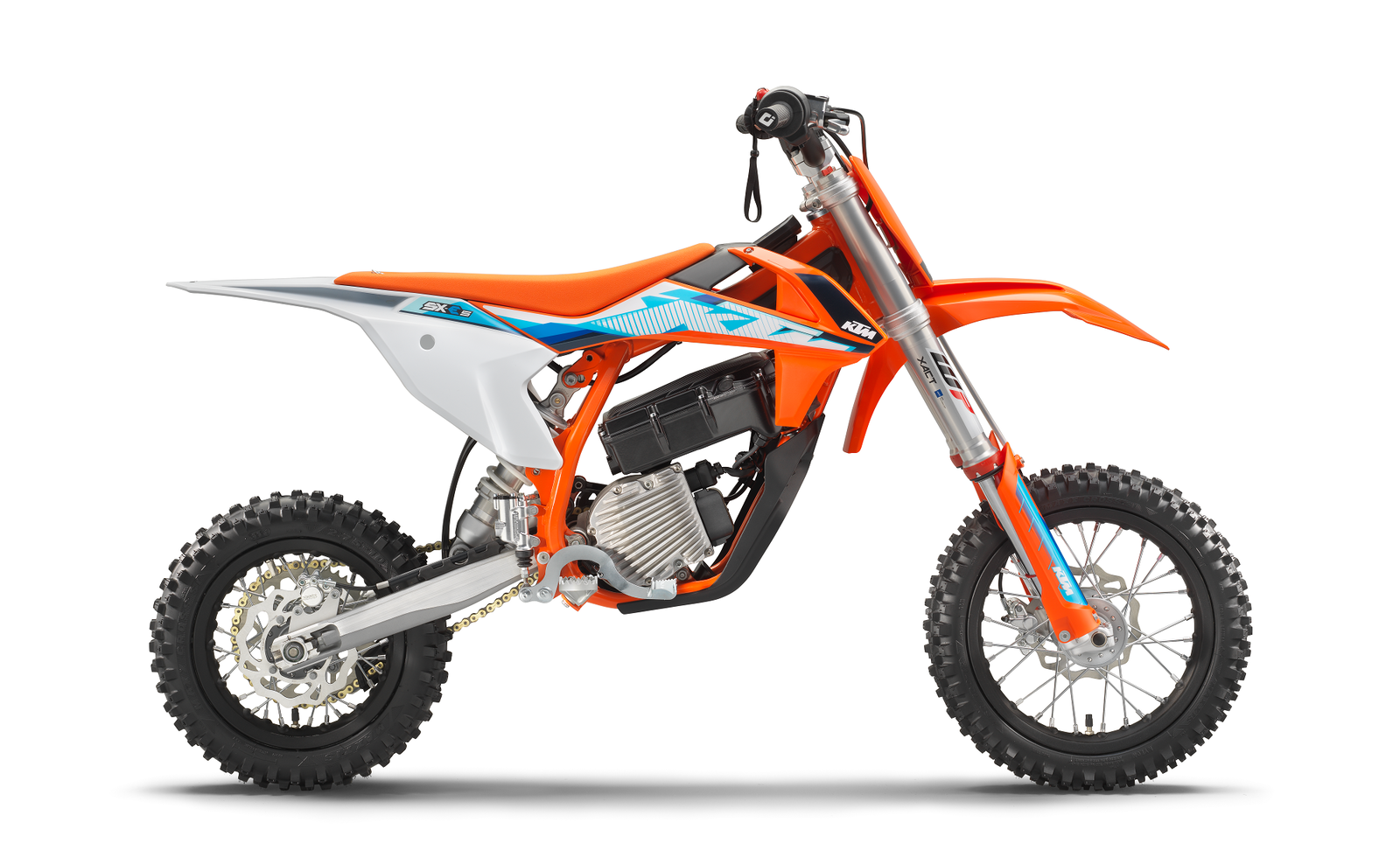
For KTM, this comes in the shape of the SX-E 3, for Husqvarna the EE 3, and for GasGas the MC-E 3. KTM AG says that these new models are designed to create a bridge between the Group’s balance bikes, and the SX-E 5, EE 5 and MC-E 5.
The news of KTM’s “sportminicycle” - as they have dubbed them - range comes after the completion of the 2022 European Junior E-Motocross series - the final two rounds of which were held at the MXGP of the Czech Republic in Loket last weekend, and which was won by Timoteï Cez of France on a KTM. The series also featured bikes exclusively from KTM AG brands.
Further to the three-bike expansion for 2022, KTM AG anticipates that “By the middle of this decade, the electric lineup will feature more than 20 electric off-road motorcycles from all brands, ranging from beginner to competition-level models, aimed at young talents who are taking the future of motorsports to the next level.”

The future of electric motorcycling, though, is sure to be about more than dirt bikes for kids. Already, there was confirmation earlier this year that the KTM AG brands KTM and Husqvarna will be launching new electric bikes - the E-Duke and E-Pilen, respectively.
“Everyone is talking about e-mobility these days,” said KTM AG’s Chief Marketing Officer, Hubert Trunkenpolz. “At KTM AG we are constantly pursuing developments in this field, living up to our responsibility as an innovative, sustainable company.”
In motocross, the Stark Varg is proof that an electric motor can produce the same kind of performance as an internal combustion engine, and surely this will be a path that KTM will be following in future years, too.
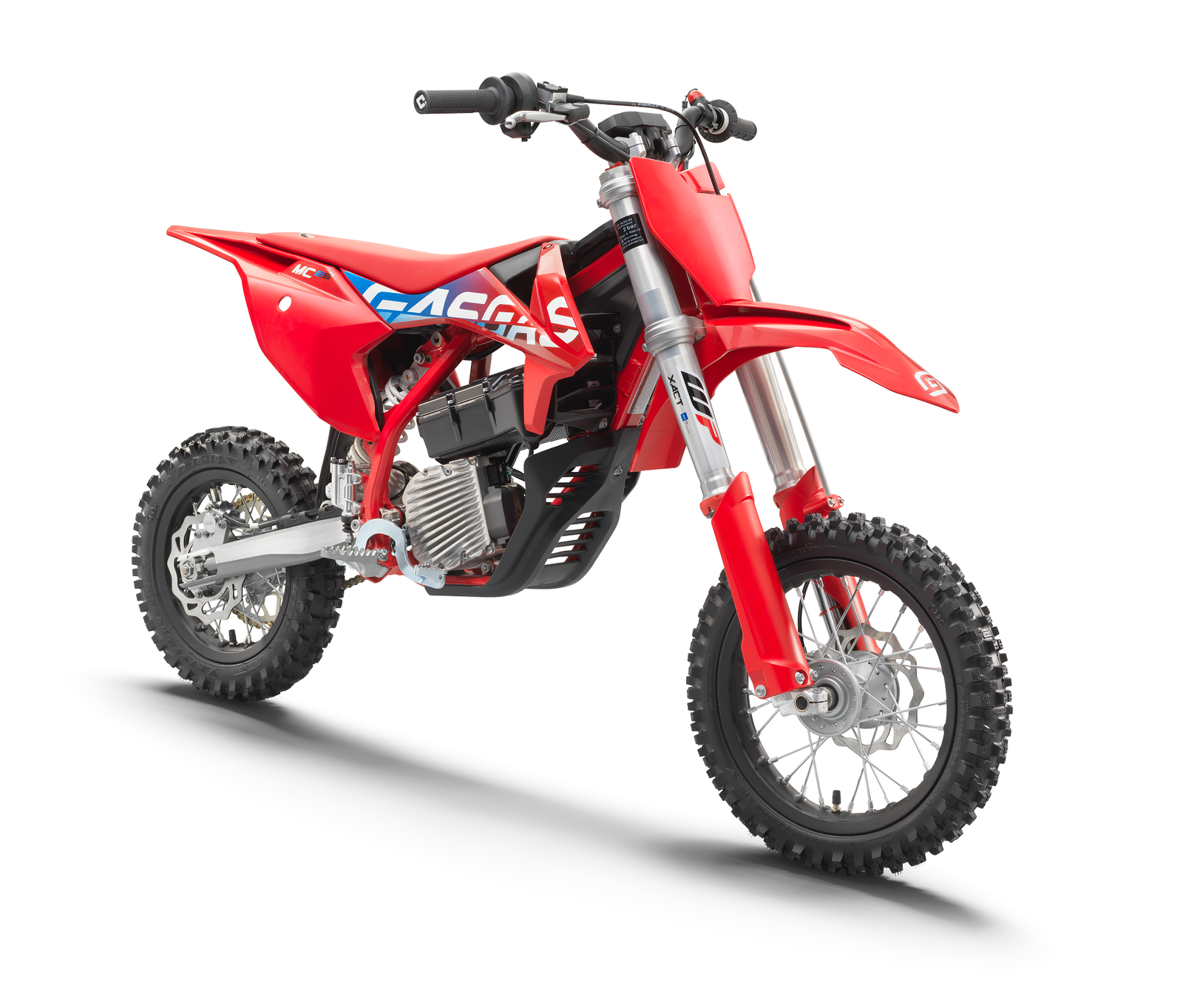
However, as Trunkenpolz explains, there are other issues to overcome: “We strongly believe that e-mobility plays a role when it comes to short distance, urban mobility and small engine size. In the off-road segment, we need to consider the circumstances on the tracks, such as limited availability to charge big batteries.”
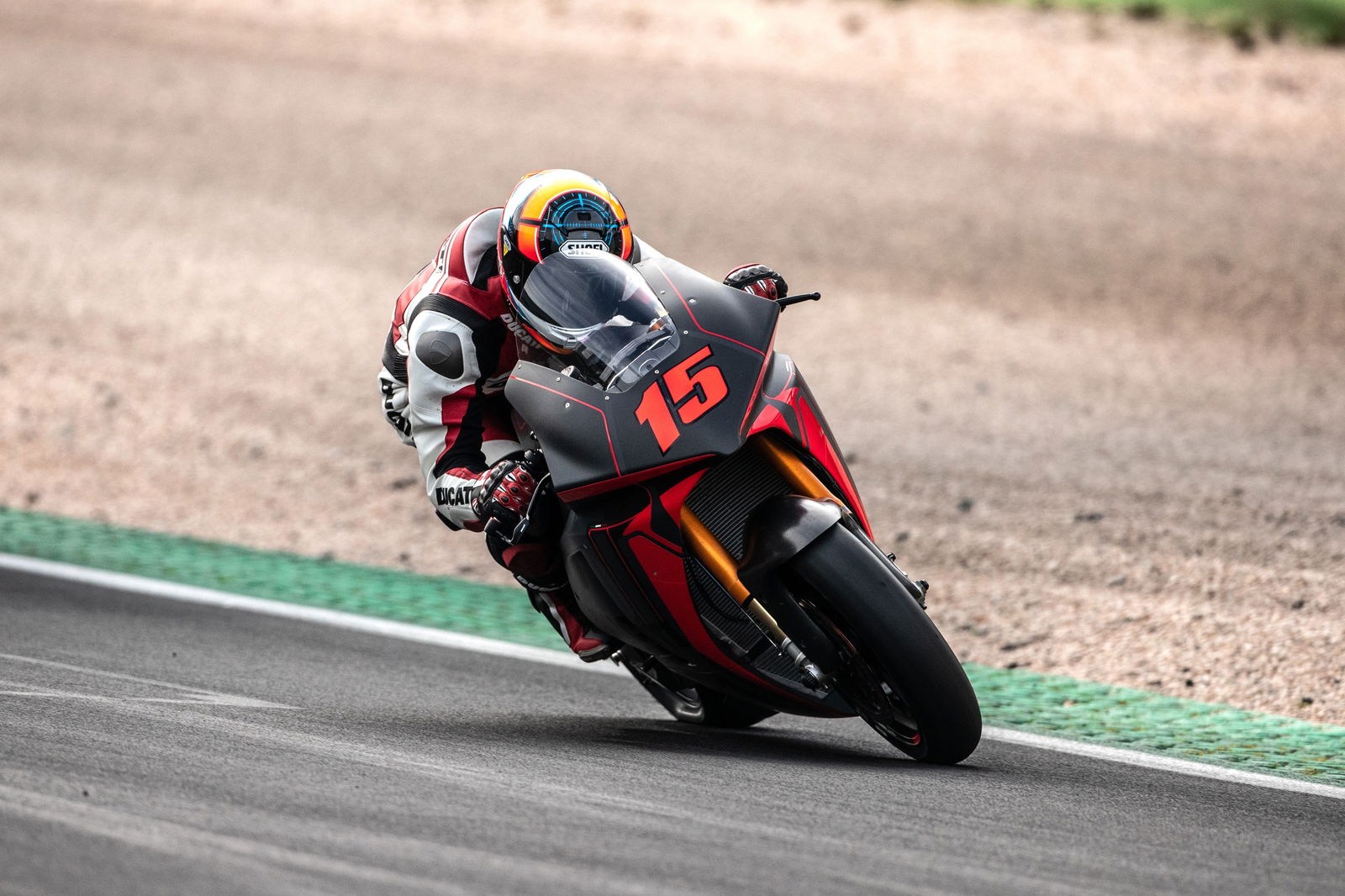
Unlike Ducati with their V21L MotoE prototype, a production motocross bike must be affordable and practical. Ducati can charge their V21L’s battery to 80% in 45 minutes, and using liquid cooling they can begin charging as soon as they arrive at the pit box.
But, you have to wonder about the costs of such technologies. That is something that KTM and other dirt bike manufacturers will have to consider with their future electric dirt bikes, also on the racing front, where in the US, for example, there is only one hour between motos. Fast charging times are necessary, but they must also be affordable.
